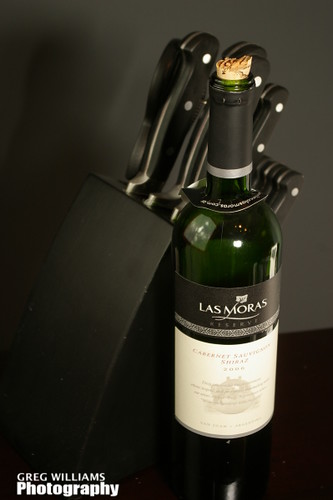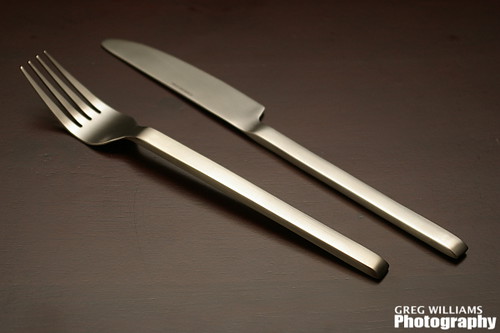 Originally posted by mattdm
Originally posted by mattdm 
I've yet to find a CFL which puts out a full enough spectrum to make my eyes happy, let alone photography. Even the ones which claim to be daylight-balanced are missing wide swaths of spectrum, and it shows when you look at anything brightly colored.
As for flickering: most decent ones should have an electronic ballast which will be much, much faster than 60hz.
But also, I found an interesting full-cycle (including manufacturing) energy analysis here:
which concludes that even taking that into consideration, a mere 50 hours is the break-even point for energy. (However, that doesn't take into account environmental or social/labor factors.)
Thanks Matt for the links.
There are a few things, which are obviously not widely known:
1. you can buy full-spectrum fluorescent bulbs, which are widely used as reference lighting for professional colour reproduction. These lights have an extended spectrum that even reaches into UV (not at a dangerous level), so emulating daylight to more than 99% and reaching cololur reproduction class A easily.
I have been using these as my workplace light for the last nearly 15 years and am very happy. It mixes without any visible interference with natural light from the windows to my right.
2. the usual household daylight bulbs have indeed gaps in their spectrum, but apart from that they give a light, which can be used with good results for photography. I use these as the general lighting in my office. It mixes well with the full-spectrum bulbs. Only when scrutinizing prints and especially the colour of textiles the missing light colours can be visible - a full-spectrum lamp is much better for really good colour rendition.
3. flickering in general is a problem with those longish fluorescent tubes. It is much less visible with the small sized energy saving bulbs. And many current lamps have an integrated electronic control circuit (high-frequency), which eliminates any flicker. I have never had problems with the small household sized bulbs and flicker for photography, as was common with the tubes in the past.
Sure LEDs will be the most probably alternative in the future. But the production process is not really cleaner than that of fluorescent light and currently they are simply way too dim.
Ben


 Similar Threads
Similar Threads 





















